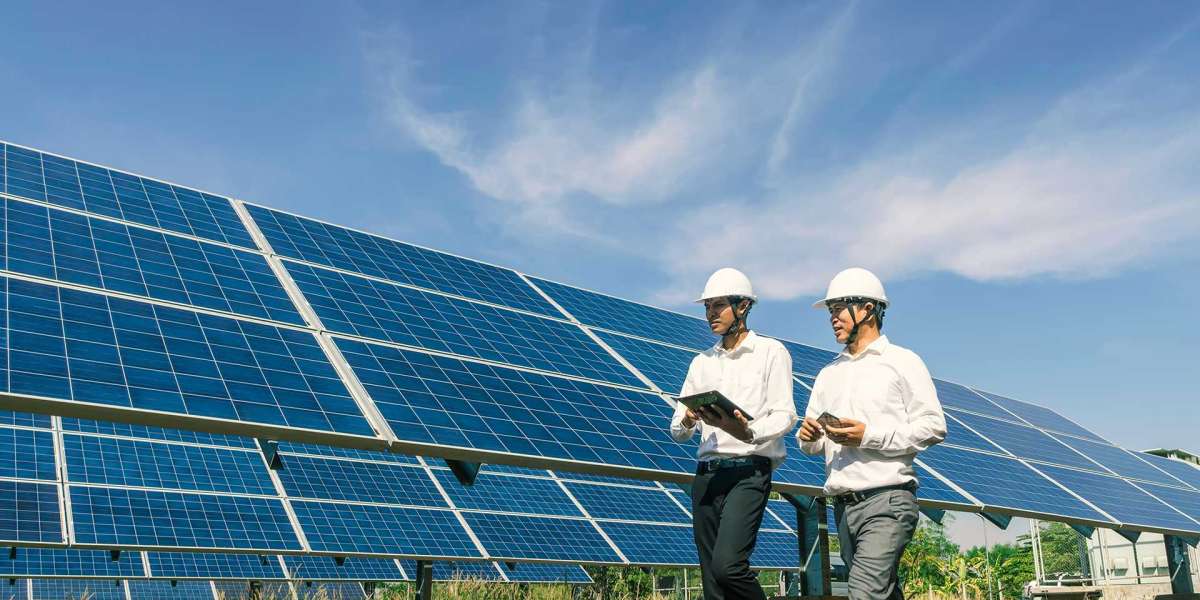In recent years, solar energy has transitioned from a costly and niche energy source to a widely accessible and economically viable option for both residential and commercial use. This transformation is driven by technological advancements, economies of scale, government incentives, and increased environmental awareness. As these factors converge, the cost of solar power continues to decrease, making it a compelling alternative to traditional fossil fuels.
Technological Advancements Driving Down Costs
The primary catalyst for the reduction in solar energy costs is the continuous improvement in solar technology. Innovations in photovoltaic (PV) cells have significantly enhanced their efficiency and reduced manufacturing costs. Modern PV cells can convert sunlight into electricity more effectively, generating higher energy output from the same amount of sunlight. This increased efficiency means that fewer panels are needed to produce the same amount of power, reducing the overall installation costs.
One of the most notable advancements is the development of thin-film solar cells. These cells are lighter, more flexible, and cheaper to produce than traditional silicon-based cells. Thin-film technology has broadened the applications of solar panels, allowing them to be integrated into a variety of surfaces, including building materials and portable devices. This versatility further drives down the cost by expanding the market and increasing production volumes.
Economies of Scale and Market Expansion
The growing demand for solar panels has led to significant economies of scale. As more consumers and businesses adopt solar energy, manufacturers can produce panels in larger quantities, which reduces the cost per unit. This mass production not only lowers manufacturing costs but also improves supply chain efficiencies, resulting in further price reductions.
Moreover, the global expansion of the solar market has encouraged competition among manufacturers. This competition drives innovation and cost-cutting measures, benefiting consumers with lower prices and better-quality products. As the market continues to grow, we can expect ongoing advancements and further reductions in the cost of solar energy systems.
Government Incentives and Policies
Government incentives have been instrumental in making solar energy more affordable. Many countries offer tax credits, rebates, and other financial incentives to encourage the adoption of solar power. These incentives can significantly reduce the upfront costs of solar panel installation, making it accessible to a broader range of consumers.
In addition to direct financial incentives, some governments have implemented policies like feed-in tariffs. These tariffs pay solar panel owners for the excess electricity they generate and feed back into the grid. This arrangement not only helps offset installation costs but can also provide a steady income stream, making solar energy an even more attractive investment.
Environmental Awareness and Consumer Demand
Rising awareness of environmental issues and the need for sustainable energy sources has also contributed to the affordability of solar energy. As consumers become more environmentally conscious, the demand for clean energy alternatives grows. This shift in consumer behavior has spurred investment in solar technology and infrastructure, further driving down costs.
The environmental benefits of solar energy, such as reducing greenhouse gas emissions and decreasing air pollution, have become significant selling points for both individuals and businesses. By choosing solar power, consumers can reduce their carbon footprint and contribute to a more sustainable future.
Long-Term Financial Benefits
While the initial cost of installing solar panels can still be substantial, the long-term savings make solar energy an attractive option. Solar panels typically have a lifespan of 25 to 30 years and require minimal maintenance, resulting in low ongoing costs. Once installed, they can significantly reduce or even eliminate electricity bills, depending on the system size and local energy rates. Over time, the savings on energy bills can offset the initial investment, leading to substantial financial benefits.
Moreover, advancements in energy storage solutions, such as batteries, are making it possible to store excess solar energy for use during periods of low sunlight. This capability enhances the reliability and cost-effectiveness of solar power, making it a more viable option for a wider range of consumers.
Future Prospects for Solar Energy
The future of solar energy looks promising, with continued advancements in technology and further cost reductions expected. Research into new materials, such as perovskite solar cells, holds the potential for even higher efficiency and lower production costs. Additionally, the integration of solar power with energy storage solutions is becoming more viable, allowing for greater energy independence and reliability.
Governments around the world are also increasingly committing to renewable energy targets, which will drive further investment in solar infrastructure. As the global community works towards reducing reliance on fossil fuels, solar energy is poised to play a critical role in the transition to a sustainable energy future.
Conclusion
Solar energy has become significantly more affordable due to technological advancements, economies of scale, government incentives, and increased environmental awareness. As costs continue to decline and technology improves, solar power is likely to play an increasingly important role in the global energy landscape. By investing in solar energy, consumers can not only reduce their carbon footprint but also enjoy long-term financial benefits.








